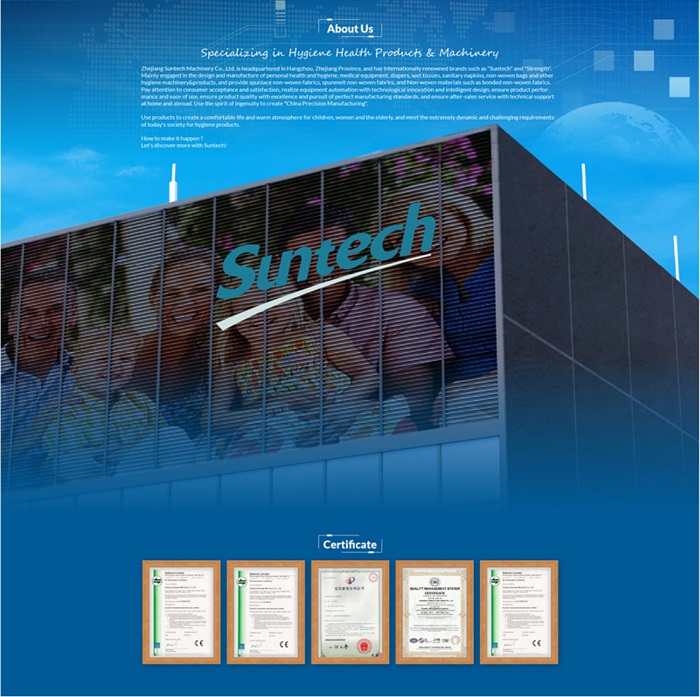Made in India, textile orders returned to other countries
Recently, India has been plagued by covid-19, with 400,000 new confirmed cases per day, more than 4,000 deaths in a single day, and 240,000 deaths from covid-19. Many labor-intensive Indian factories were forced to close, and many traders in the Sogla area of India were hit by the epidemic. The local factories were closed on April 28 from just the weekend to a complete shutdown. The original plan was to start production on May 5. , But after the meeting on April 30, the Gujarat Weavers Welfare Association decided to continue to close the factory and stop production until May 15 in order to prevent the infection from spreading. Many countries’ manufacturing plants in India were forced to shut down, and the global manufacturing industry was hit hard. Many European and American companies suffered heavy losses and had to transfer some manufacturing factories back to China or other regions.(Click to share to LinkedIn)
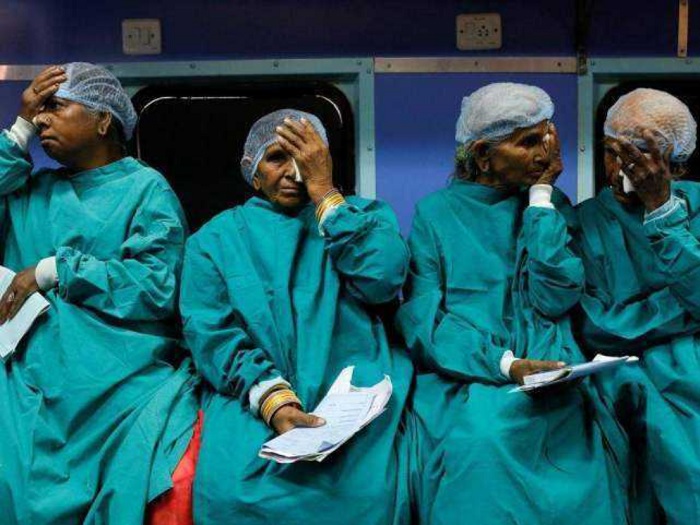
India is a major textile country. Due to the large-scale shutdown of India, a large number of manufacturing and textile orders have been forced to return to Europe, America, Southeast Asia and other countries, resulting in a sharp increase in orders for manufacturing and textile companies in these countries. This is a development for manufacturing and textile companies. Opportunities, but nowadays, affected by the pandemic, labor shortages make it very difficult for factories to recruit workers, and labor costs are higher. How to solve labor problems in a short time has become a current problem.
The textile industry is a labor-intensive enterprise. The number of workers is very large. When the fabric rolls in the existing production workshop are transported, they are generally placed on flat carts for transportation. Flat carts are generally low and require manual cloth The roll is lifted from the flat plate, which is time-consuming and labor-intensive, low in efficiency, and large in manual labor.
The application of AGV for automatic handling of cloth rolls in the textile workshop can reduce the labor intensity of the workers in the textile industry and improve work efficiency. AGV replaces manual transportation of materials to greatly reduce labor costs, improve production results and product quality.(Click to share to Facebook)
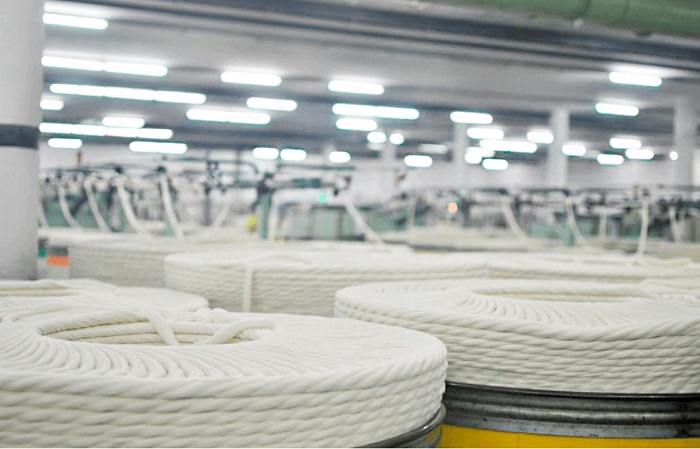
Suntech, as a long-established machinery manufacturing company, started with textile and storage machinery and equipment, and has international leading core technology. In order to solve the current short-term labor problems in the manufacturing and textile industries, with 50 years of technical precipitation and design experience, a two-way backpack of R&D and production AGV can intelligently transport a large number of cloth rolls and fabrics. It has a small footprint, large capacity, fast handling speed, flexible action, and strong adaptability to the site. It solves the problems of automatic handling and loading and unloading of cloth rolls, reducing manual operations and improving work efficiency.
Especially during the epidemic, when workers cannot gather for work, AGV is urgently needed.
The fastest speed of an AGV can reach 150m/min, and the speed of workers is 60-100m/min. If the factory operates 24 hours a day and 3 shifts are calculated, an AGV trolley is equivalent to at least 3 workers. The salary level of ordinary workers is calculated at 4,000 yuan per month, and the annual salary of a palletizer is about 48,000 yuan. The use of AGV handling robots can save more than 100,000 yuan each year.
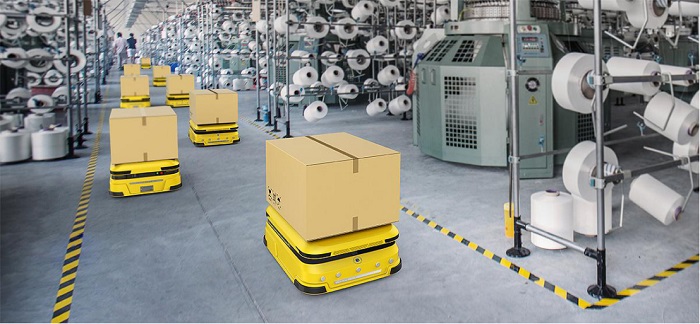
Suntech Two Way Carrying AGV
Suntech Two Way Carrying AGV is specially tailored for textile companies. It can be called an expert in carrying fabrics and cloth rolls. The AGV has multiple layers of storage space for cloth rolls to ensure that the fabric rolls are placed smoothly and take up too much space. The AGV includes two models with a load of 1.5t and 3.5t. The basic configuration contains two parts, hardware and software, its main function is to realize the automatic docking and handling of materials in the automatic threading production line of texturing workshop.
However, the 1.5t and 3.5t cloth rolls have different loading capacity and load-bearing capacity, and the appearance settings and details of the structure are different. The 3.5t AGV has a wider and thicker chassis and a stronger cloth roll support.
The two-way Carrying AGV is a non-standard customized carrying AGV. The automatic threading AGV part of the texturing workshop is composed of the AGV central management system and the non-standard customized unit loaded on the AGV. At the same time, the non-standard customized unit loaded on the AGV is composed of mechanical structure and electric actuator, pneumatic actuator and other components.
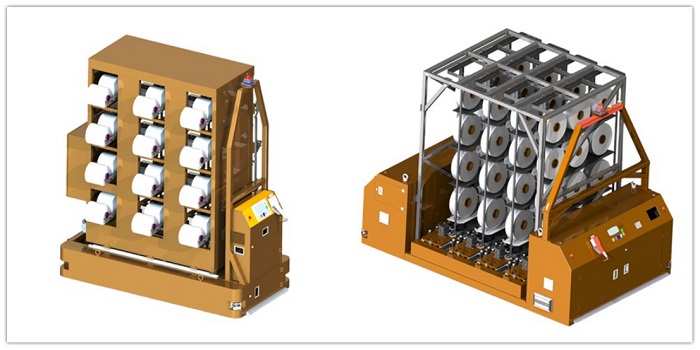
Suntech AGV facilitates the development of Industry 4.0 and brings speed to automated production. It has successfully added mechanical automation processes to the traditional textile production process with a long history. Non-woven fabrics produced on the ST-ASS Spunbond Non Woven Fabric Machine (ST-ASS Spunbond Non Woven Fabric Machine) After rewinding and packaging, AGV directly loads and transports it, achieving high efficiency, speed, precision and intelligence.
In the past, the loading and handling of cloth rolls and materials required manual processing. However, AGV can use the visual recognition system to quickly load and transport, rationally plan the shortest transportation route, and avoid obstacles autonomously, which is more accurate and faster than manual labor. It is necessary to carry out difficult and risky handling operations to free human hands and reduce factory labor costs.
The two-way backpack AGV minimizes deviation in each work step. It is powered by a lithium battery and has a longer battery life. It rushes to the top of performance by virtue of its strength. The maintenance cost is reasonable, and the longest service life is achieved with very small maintenance cost.
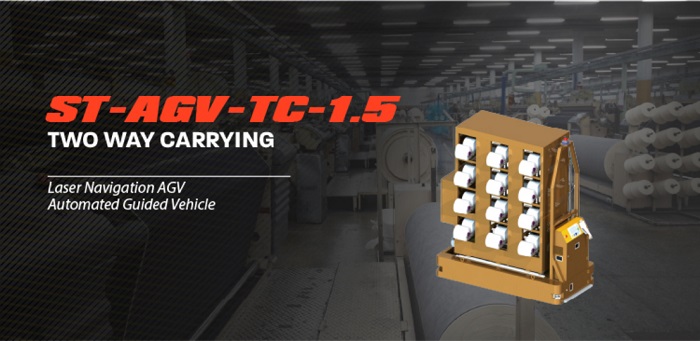
Advantages of Suntech AGV
1. Reliable dispatch ability: data analysis and remote control through the central control system.
2. Prevent cargo damage: If the work is carried out manually, the product may be damaged due to irregular manual operation or negligence. AGV handling can avoid the loss of the enterprise caused by this mistake.
3. Flexible site requirements: AGVs require much narrower lane widths than traditional forklifts, and change paths anytime and anywhere.
4. Long-distance transportation: It can effectively carry out transportation at any site and reduce the waste of human resources.
5. Adapt to the special working environment: It can work in the environment where the personnel are not suitable or there are safety hazards.
6. Safety: The guiding movement path is very clear. The OMV car will automatically stop when encountering obstacles on the driving path, which improves the safety.
7. Cost control: Save a lot of labor and quickly recover the investment, while increasing the employee turnover rate for the boring mechanical handling work.
8. Small space requirement: reasonable use of the existing floor space, enhance corporate image and workshop cleanliness, and realize unmanned production.
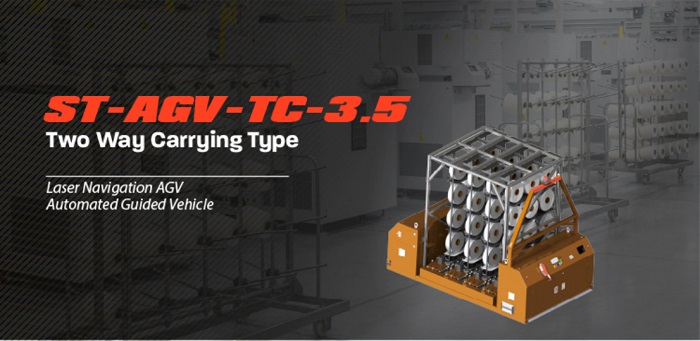
Suntech develops and produces AGV with light weight and heavy load based on the standard of "precise engineering and intelligent manufacturing". It adopts intelligent electronic control system, interactive interface and safety system to keep abreast of AGV operation dynamics, automatically avoid obstacles, safe and controllable, lithium battery Power supply, online automatic fast charging, laser guidance, support for manual driving or wireless control, suitable for various transportation scenarios, and help the development of the storage and transportation industry.
